If you want to advertise your business products and services online successfully, you need to understand exactly where you are in your business, and what goals you should be striving for in that stage. Just aiming to get more sales won’t be good enough to sustain you for the long haul; you need to build a solid foundation first.
Today we’ll be going through exactly:
- What the different Facebook campaign objectives are
- How to set the right campaign objective for your ad campaign
- What effect each campaign objective will have on your ad optimization
- What options and tools you have at your disposal with every individual objective
Which Type of Facebook Ad Campaign Should You Run?
The type of campaign goals you want to go after will depend on where your business is in the business cycle, and what campaigns would be most appropriate at that stage of the game.
There are three major sections in which Facebook categorized their campaign goals. Let’s go over each category, as well as their sub-categories, in further detail.
Awareness

Awareness campaign objectives are designed to generate interest in your product or service.
The hard thing is that for a business that is brand new, they want sales. They think they want to run a campaign that is optimized for conversions since they want to sell their stuff. The problem is that they don’t have an audience; no one’s seen their stuff before.
Moreover, we’re not talking about some flash sale of some high-demand product where the audience has an irrational passion about it. We’re talking about an excellent service with a good brand, but they have yet to establish themselves in the marketplace.
So there’s nothing gimmicky you can do here; you have to play the long game. These are the campaign objectives that will help you build on that long game:
Brand Awareness
The Brand Awareness campaign is an excellent choice if you want more people to find out about your brand. You can also use this objective to drive more traffic to your website.
The Brand Awareness objective lets you run your ad on Facebook and Instagram. This objective gives you two different optimization options:
- Brand Awareness – Your ads will reach your audience up to 2 times every five days by default.
- Ad Recall Lift – This optimization delivers your ad to people Facebook estimates would remember seeing your ad if they asked them within two days.
The Brand Awareness objective also gives you a choice between 4 different ad formats: Image, Video, Carousel, and Slideshow.
Reach
Use the Reach campaign objective if you want to reach the maximum number of audience members repeatedly over a shorter period. This campaign objective is also a good option when promoting limited-time offers or when creating remarketing campaigns.
With the Reach campaign objective, Facebook will optimize their algorithm for the highest number of possible impressions, with no consideration of clicks and actions taken by the people who see your ads.
The Reach objective also lets you run your ad on both Facebook and Instagram. This objective gives you two different ad optimization options:
- Impressions – You will bid here for CPM (Cost per 1,000 Impressions). Your ads will be shown to people who will most likely take the action you want (such as navigate to an external link.)
- Reach – You can use this objective to maximize the number of people who see your ads and how frequently people will see your ad. This is an excellent option if you’re looking to build brand awareness or change the perception of your brand.
The Reach objective also gives you a choice between 4 different ad formats: Image, Video, Carousel, and Slideshow.
Facebook strongly recommends running these Awareness campaigns early and often because their systems need to learn the types of people that are most likely to click on your ads and engage with your content (like, comment, share, or whatever.) They need data from your campaigns first before they can predict the best users to whom you will best respond and engage with your ads.
For example, just because you’re in the health and wellness niche doesn’t mean that a bunch of health and wellness people are going to click on your stuff.
What Facebook does is they develop patterns around people based on what people are doing, and they need to see what types of people are doing what with your content. This way they can look at the date they have and say “Oh yeah, we have a bunch of people that do that too.”
It’s not cookie-cutter; it’s very flowing and very dynamic. Thankfully you can use these campaigns to get a handle on your best potential customers to make your future ad campaigns far more effective in the future.
Consideration

Consideration campaign objectives get people to start thinking about your business and look for more information about it.
Traffic

Select the Traffic campaign objective when you want to lead people to your website or blog, and there are no specific actions you wish them to take.
In other words, the Traffic campaign objective is an excellent choice if you want to get more people to read a blog post or a case study.
The Traffic objective lets you run your ad on Facebook, Instagram, Facebook’s Audience Network, and Facebook Messenger. This objective gives you four different ad optimization options:
- Link Clicks – This optimization option counts the number of clicks in the ad that led to a destination or other experience, on or off Facebook.
- Landing Page Views – Landing Page Views optimization counts the number of people landed on your specified destination URL. Optimizing for landing page views requires a Facebook tracking pixel. (NOTE: If the user closes the page for whatever reason before the page finishes loading, the tracking pixel will not register the landing page view.)
- Daily Unique Reach – This option allows you to ensure that as many people as possible see your ad, but each person who sees that ad sees it no more than once per day.
- Impressions – Same with the “Reach” campaign objective, you will bid an amount per 1,000 impressions of your ad.
The Traffic objective also gives you a choice between 5 different ad formats: Image, Video, Carousel, Slideshow, and Collection.
Engagement

An Engagement campaign is where you set up event responses and page likes campaigns. With an Engagement campaign, Facebook will show your ads to people who are the most likely to like, share, and comment on your post at the lowest possible cost.
So with an Engagement campaign, you’re pretty much brand new, you don’t have much traffic going to your website because you just launched it, and you want to run some engagement. You want people to see your posts, to engage, to go over to your website.
Keep in mind that these metrics won’t directly pay the bills, but they will establish a foundation with which all future campaigns can build.
The Engagement objective lets you run your ad on Facebook and Instagram. This objective gives you five different optimization options:
- Daily Unique Reach – Like in the Traffic objective, this option allows you to ensure that as many people as possible see your ad, but each person who sees that ad sees it no more than once per day.
- Impressions – With this option, you will bid an amount per 1,000 impressions of your ad.
- Post Engagement – This option optimizes your ads for likes, shares, and comments. It helps you better understand what your audience likes and doesn’t like.
- Page Likes (Facebook only; not Instagram) – This option optimizes for likes to your business or fan page. (NOTE: be careful that you don’t accidentally target audiences that have an abundance of fake profiles. You could waste a significant amount of money targeting people that don’t exist.)
- Event RSVPs – You choose the audience that you want to come to your event, and when they reserve a spot in your event, Facebook automatically adds the event to their calendar.
The Engagement objective also gives you a choice between 3 different ad formats: Image, Video, and Slideshow.
App Installs
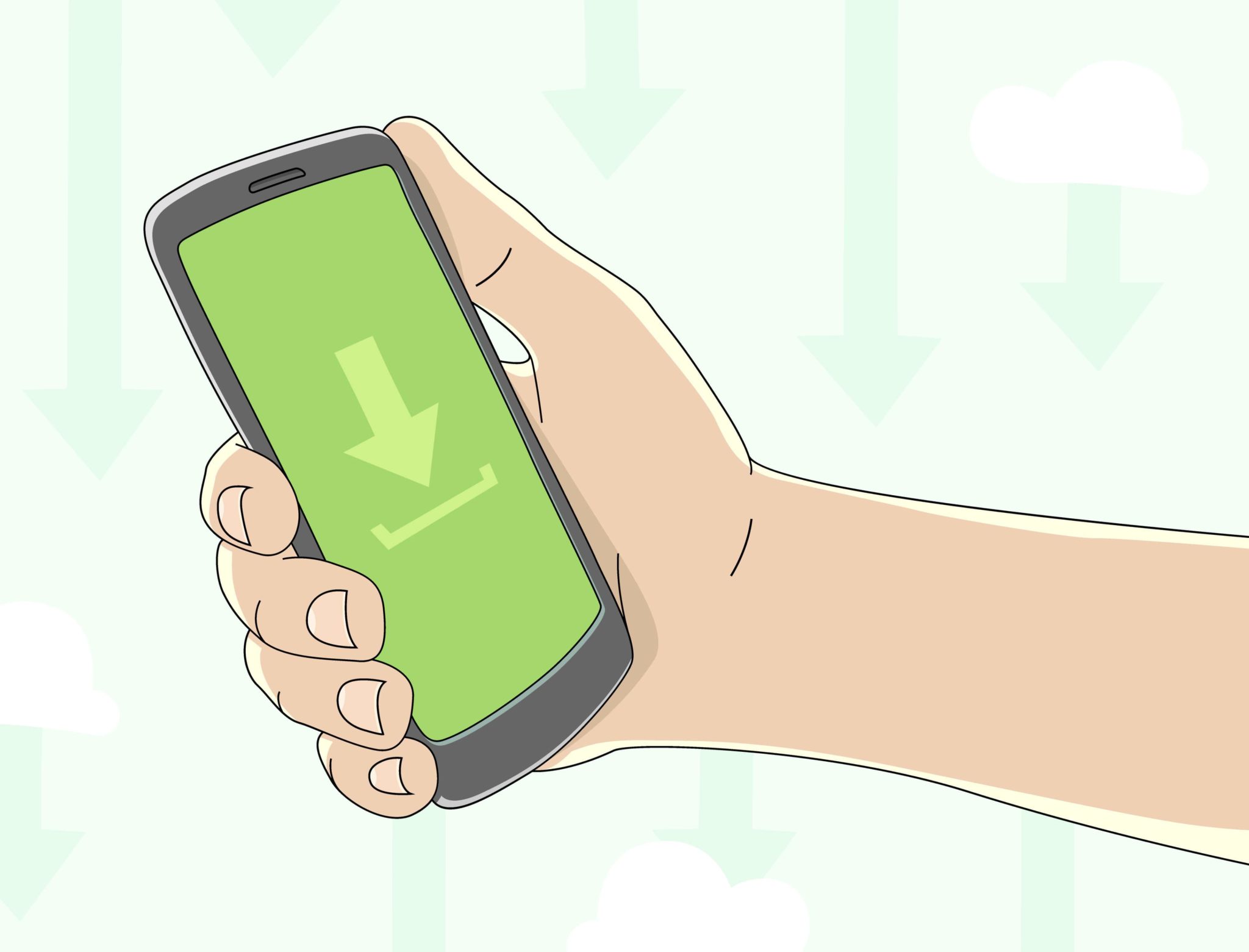
If you want to get more people to download and use your app, App Install campaign objective ads are one of the best ways to do it.
The Engagement objective lets you run your ad on Facebook and Instagram. This objective gives you five different optimization options:
- App Installs – This option allows Facebook to find the best users for your app based on criteria such as budget, targeting or bid.
- Link Clicks – This optimization option counts the number of clicks in the ad that led to a destination or other experience, on or off Facebook.
- App Events – This option targets people most likely to take a specific action in your app (such as making a purchase.)
- 10 Second Video Views – This option targets people who will most likely watch your video for at least 10 seconds.
The App Install objective also gives you a choice between 3 different ad formats: Image, Video, Carousel, and Slideshow.
Video Views
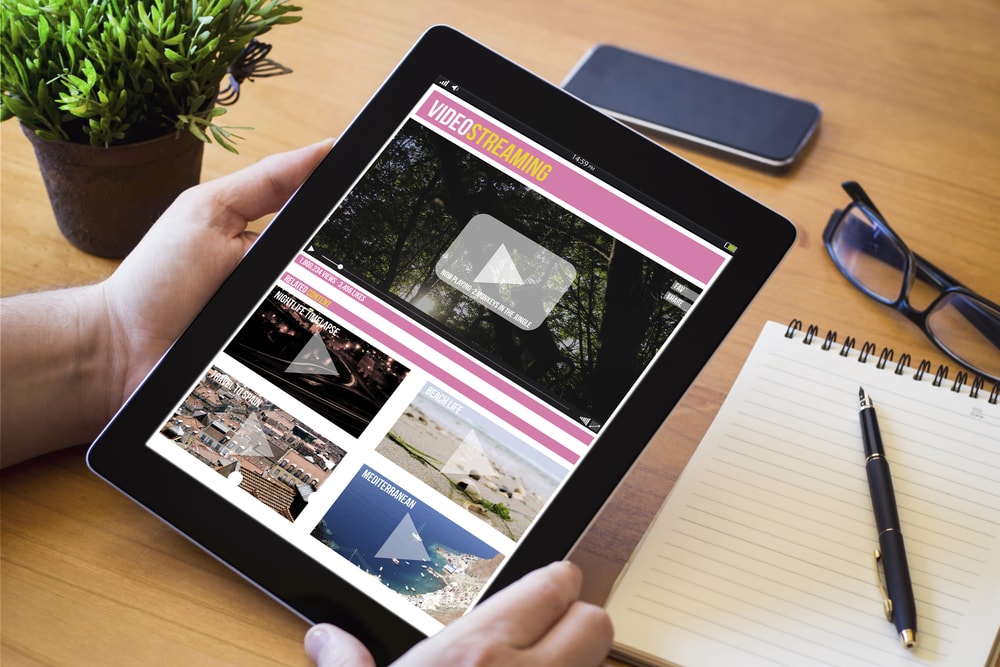
Video views ads are great for targeting cold audiences since they’re engaging and they help to increase brand awareness. Keep in mind that you can also promote videos with other campaign objectives, like “Conversions” and “Lead generation.”
The Video Views objective lets you run your ad on Facebook, Instagram, and Facebook’s Audience Network. This objective gives you two different optimization options:
- 10-Second Video Views – This option targets people who will most likely watch your video for a total of 10 seconds.
- 2-Second Continuous Video Views – This option targets people who will most likely watch your video for at least two consecutive seconds.
The Video Views objective also gives you a choice between 3 different ad formats: Single Video, Carousel, and Slideshow.
Lead Generation
Select this option if you’re interested in creating lead generation ads and getting people to give you their contact details in exchange for downloadable content.
However, instead of sending users to your website, a lead form pops up which allows you to collect information like names, emails, phone numbers, and so on, directly on Facebook.
The Lead Generation objective lets you run your ad on Facebook, Instagram, and Messenger. This objective gives you just one optimization option:
- Leads – When people click on a lead generation ad, they will be prompted to fill in a short form that’s pre-populated with their contact information.
The Lead Generation objective also gives you a choice between 4 different ad formats: Single Image, Single Video, Carousel, and Slideshow.
Messages
Messages campaign objective ads can be effectively used to increase awareness as well as make sales, RSVP to events, and many other goals you may have. The primary purpose of this campaign objective is to get your audiences to start a conversation with your Facebook page.
The Messages objective lets you run your ad on Facebook, Instagram, and Messenger. This objective gives you two optimization options:
- Replies (when using Click to Messenger) – This option sends people from your ads on Facebook, Instagram, and Facebook Messenger into Messenger conversations with your business.
- Impressions (when using Sponsored Message) – Sponsored Messages are targeted in-context ads. These ads are used to re-engage people who already have an existing conversation with your business.
The Messages objective also gives you a choice between 4 different ad formats: Image, Video, Carousel, and Slideshow.
Conversion
Conversion campaign objectives encourage people interested in your business to purchase or use your product or service.
Because now you’ve started to make sales based on your engagement, traffic to your website, landing page views, and then you’ve been optimizing your website along the way. So then you’re starting to get the sales based off of good offers on your site (an optimized site at that), and all of a sudden the sales are coming in.
Now Facebook is starting to see from the pixels that you had set up on your site that these sales are starting to come in (even if that wasn’t the initial goal of the campaign) and they’re starting to collect this data from people who buy from your site or add to cart.
Conversions

The Conversions campaign objective is Facebook’s most popular one, as it is optimized to deliver you new leads or purchases.
Conversion ads are optimized to increase sales, sign-ups, purchases or other desired actions on your website.
The Conversions objective lets you run your ad on Facebook, Instagram, Audience Network, and Messenger. This objective gives you eight optimization options:
- Conversions – This option targets people most likely to purchase from your ad.
- Impressions – With this option, you will bid an amount per 1,000 impressions of your ad.
- Link Clicks – This optimization option counts the number of clicks in the ad that led to a destination or other experience, on or off Facebook.
- Daily Unique Reach – Like in the Traffic objective, this option allows you to ensure that as many people as possible see your ad, but each person who sees that ad sees it no more than once per day.
- Landing Page Views – Landing Page Views optimization counts the number of people landed on your specified destination URL. Optimizing for landing page views requires a Facebook tracking pixel.
- Value – Value optimization uses the purchase values from your tracking pixel to estimate how much a person may spend with your business over a seven day period.
- App Events (if an app is selected) – This option targets people most likely to take a specific action in your app (such as making a purchase.)
- Replies (if Messenger is selected) – This option sends people from your ads on Facebook, Instagram, and Facebook Messenger into Messenger conversations with your business.
The Conversions objective also gives you a choice between 5 different ad formats: Image, Video, Carousel, Slideshow, and Collection.
Catalog Sales
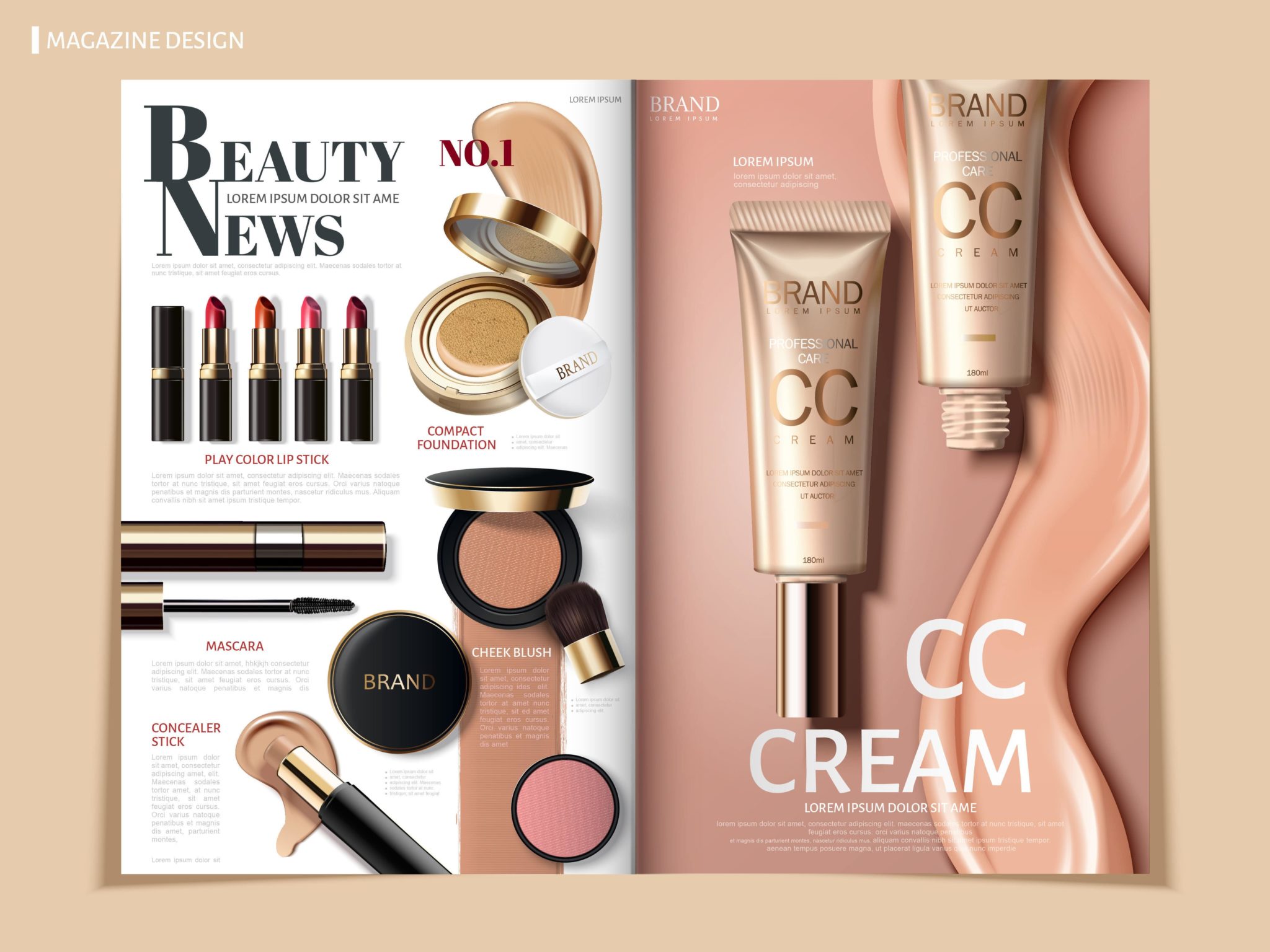
Product catalog sales campaign objective ads are designed for e-commerce advertisers who sell a variety of products and frequently update their product catalogs. You can also use this campaign objective when you want to create remarketing campaigns to target people who visited your online store.
The Catalog Sales objective lets you run your ad on Facebook, Instagram, and Audience Network. This objective gives you three optimization options:
- Conversions – This option targets people most likely to purchase from your ad.
- Impressions – With this option, you will bid an amount per 1,000 impressions of your ad.
- Link Clicks – This optimization option counts the number of clicks in the ad that led to a destination or other experience, on or off Facebook.
The Catalog Sales objective also gives you a choice between 3 different ad formats: Image, Carousel, and Collection.
Store Visits
If you have a physical store, and you want more people to visit, try the Store visits campaign objective. You can reach people around your business. It’s similar to the Local Awareness ads but will include additional information about your store.
Keep in mind that this specific campaign objective will only be available to advertisers that meet specific criteria.
The Catalog Sales objective lets you run your ad on Facebook only. This objective gives you four optimization options:
- Store Visits – The purpose of this option is to help brick and mortar stores to get customers through their doors. Multi-location businesses with Location enabled are this option’s intended audience. It works well for retail, grocery, and telecommunications businesses, as well as restaurants and car dealerships.
- Impressions – With this option, you will bid an amount per 1,000 impressions of your ad.
- Link Clicks – This optimization option counts the number of clicks in the ad that led to a destination or other experience, on or off Facebook.
- Daily Unique Reach – Like in the Traffic objective, this option allows you to ensure that as many people as possible see your ad, but each person who sees that ad sees it no more than once per day.
The Catalog Sales objective also gives you a choice between 5 different ad formats: Image, Video, Carousel, Slideshow, and Collection.
The Facebook Ad Campaign Goals Process In Summary
Do you want to grow sales? Are you more focused on increasing brand awareness? Do you want to do messages? Is it something else?
Before you set up your first Facebook ad campaign, think about what your goal is for where you are in your business and evolve your overall Facebook ad strategy from there.
For example, if you’re a brand new business, a brand awareness campaign or an engagement campaign on Facebook could be a perfect type of campaign goal because you’re trying to build an audience that starts to be aware that you even exist. Then they might begin to follow you on social media, liking, commenting and sharing.
So from here, your campaigns start to evolve from just brand awareness and getting the word out, maybe not even having strong calls to action to go to your website but just sharing useful content and delivering value up front.
At this point, you decide to tell your audience “Hey come on over to our website, and if you like the stuff we’re doing here on (traffic source), then come over to our website. We have some cool stuff over there too.” That’s a traffic goal.
They can progress from there, where Facebook has seen that you have enough engagement and website traffic, so now you can start to optimize for conversions.
As you can see, there is a process you go through to ensure you get the highest return from your Facebook ad budget per campaign, as well as build a solid foundation for your future campaigns.
However, getting everything set up takes serious time away from other critical pieces of your business. Building Facebook ad campaigns that convert can be a challenging and time-consuming process. It takes time and energy away from tasks that demand your specific attention, and wearing too many hats can burn you out fast.
Let us take this burden off of your shoulders so you can focus more of your attention on the tasks that only you can do for your business.
Click here to schedule a free consultation. Let’s work together and see how we can take this burden off of your shoulders.

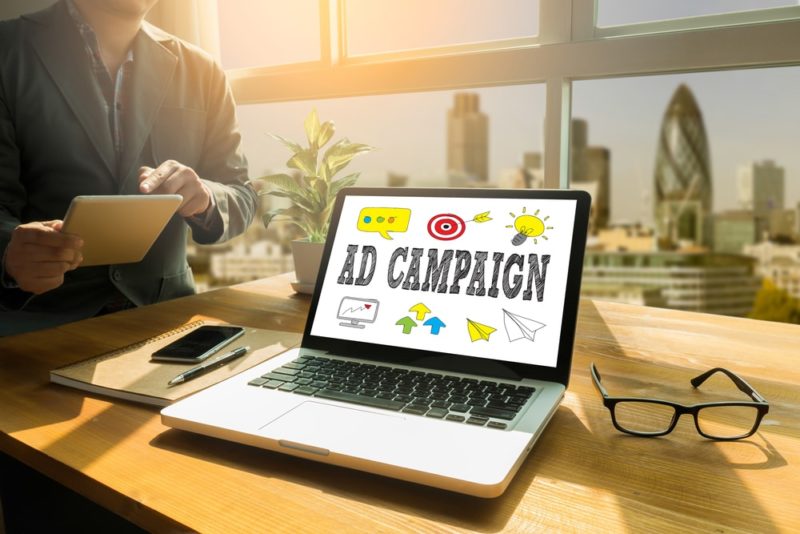
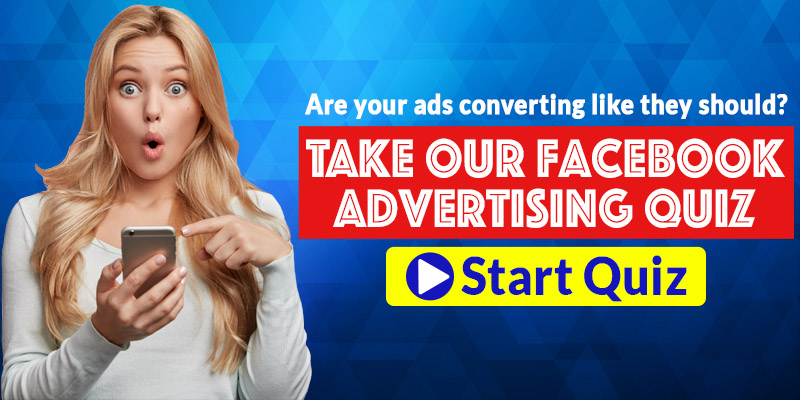
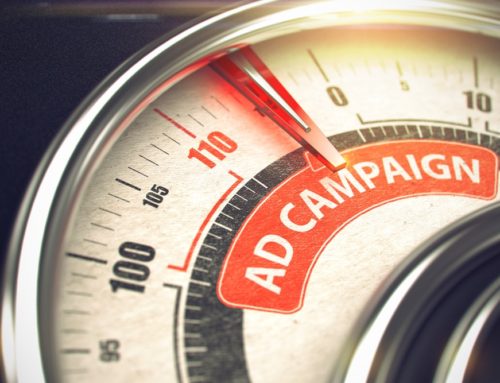
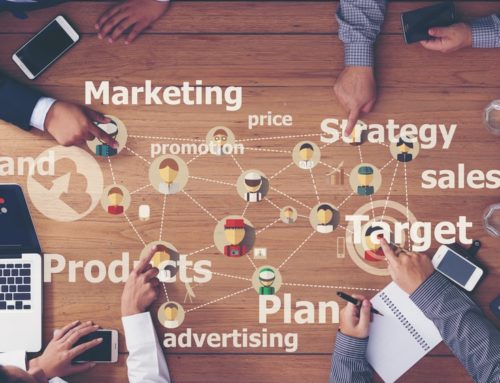
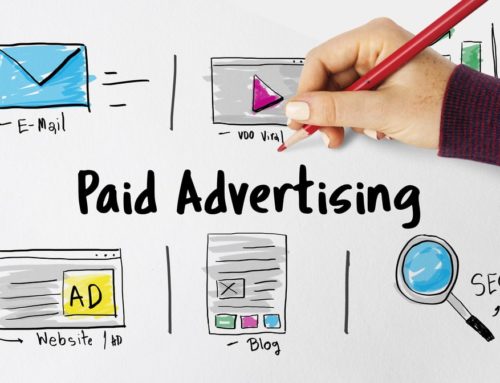
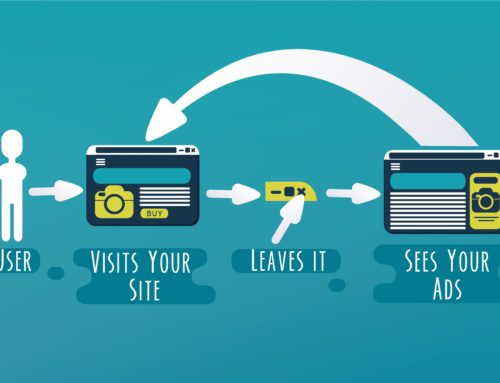
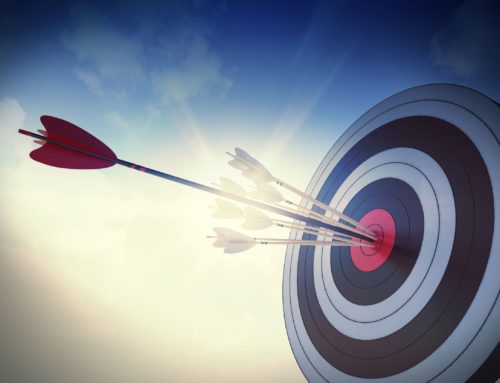
Leave A Comment